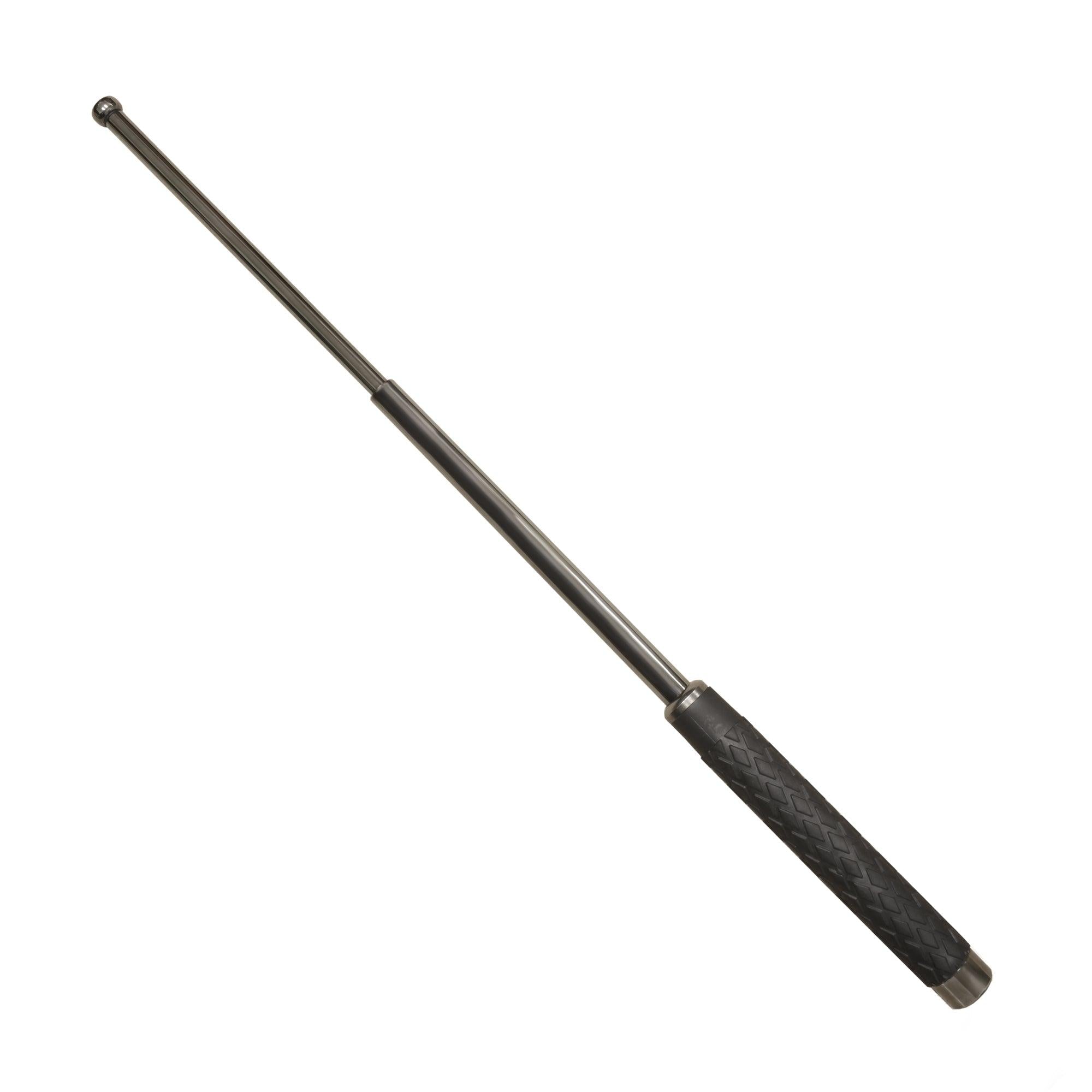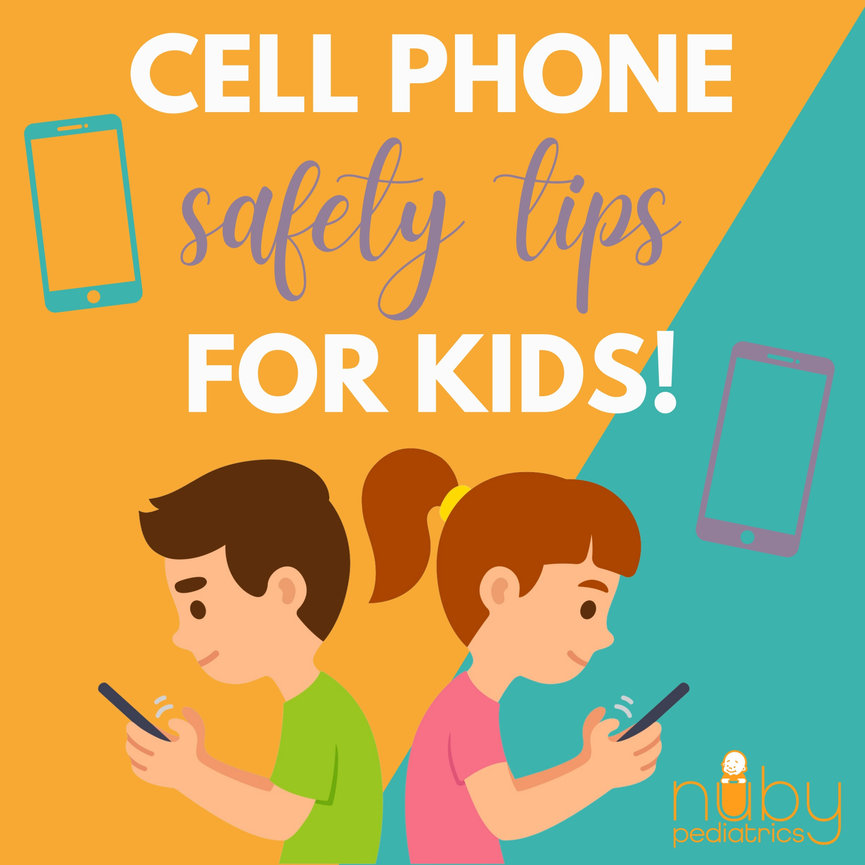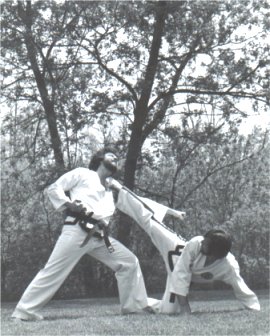
As the standard for protection against eye injury continues to evolve, companies need to review their policies on eye and face protection and ask distributors for PPE with new markings. They should also be aware of the updated 2010 ANSI/ISEA Z87.1 standard in eye and face protection.
Safety culture
A safety culture within an organization is essential to ensure that employees are safe. It protects employees, saves money and keeps companies out of trouble. Workers' compensation costs amount to almost $1 million each week for employers. It is unacceptable to have a high number of injuries in our modern world. Organizations should promote safety by encouraging employees to use protective gear and comply with safety regulations.
Training sessions for employees should be held regularly and documented to foster a strong safety culture. This not only encourages safety culture but also shows that safety is taken seriously.
ANSI Z87.1 standard
OSHA is currently seeking comments from the public on proposed revisions in the construction standard to protect the eyes and faces of workers in the construction sector. These revisions will enable companies to comply with the ANSI Z87.1 standards in protective eyewear.

The 2010 version of ANSI Z87.1 includes new requirements and reorganizes 2003's version. The new requirements cover the material, design and construction of protective glasses and face shields. In 2010, the 2010 version stipulates that protection must be free from defects. The drop ball test for impact is also added. This test is no longer model-dependent, and can be applied to all models. Finally, it replaces flammability testing with an ignition-based test.
Common hazards
The dangers of working in hazardous environments can lead to serious eye injuries. No matter the work environment, eye protection equipment and safety equipment are essential. Personal protective devices protect the eyes and face of workers. These devices can reduce the risk of injury by reducing exposure to acceptable levels. This information will assist you in identifying potential hazards and choosing the appropriate protection for your face and eyes at work.
According to occupational health experts, 90% of eye injury can be avoided. In many professions, eye safety and protection are essential. You can help your employees avoid injury by making sure they have the right equipment. The right protection is different for each type of job, and it's essential that you follow OSHA standards to protect your employees. It is important to consider the safety of employees who work with chemicals.
Requirements
Employees must use proper eye protection to prevent workplace accidents. American National Standards Institute (ANSI), sets the standards for protective sunglasses. The institute, a non-profit organisation that tests and creates safety equipment guidelines, is independent. American National Standards Institute has published Z87.1, a standard that covers safety glasses and other eyewear.
The standard requires employees to use eye and facial protection when working in dangerous environments. Employers are required to ensure proper eye and facial protection for employees who live nearby. Screens or shields can be used to isolate employees from harmful exposure. Employers should make sure their employees are protected even though these methods do not protect them.

Inadequate coverage
OSHA's standards for eye protection may be violated if you work within the construction or manufacturing sector. These regulations require that you protect your eyes from flying debris and molten metal, acids and caustic liquids as well as light, noise, and light. These regulations can lead to heavy fines for those who fail to comply. There are many resources to assist you in meeting your legal obligations.
Eye injuries in the workplace are often caused by inadequate eye protection. Nearly 2,000 Americans suffer from avoidable eye injuries every day, and most of them occur because workers don't use protective eyewear or wear the wrong type. Employers need this concern because the majority of these incidents are preventable with proper PPE.
FAQ
What are some self defense tips for women?
You must be able to quickly react to threats when practicing self-defense. This means you must be ready for anything.
Train with friends is one of your best options. You can practice together and work together on your technique with a partner.
Another tip is to practice with something heavy. If you are attacked, it is more likely that you will hit your attacker with a heavy object.
What are some easy self-defense moves?
Self-defense techniques can include kicks and punches as well as elbows, knees, knees and headbutts. You might also consider grappling like judo or jujitsu and karate, as well as taekwondo.
Self-defense techniques can be used for protection against an attacker who wants to hurt you.
They can also help someone defend themselves from an attack.
However, there are many ways to perform self-defense techniques. Decide which one is best for you.
What should I look for when taking a self-defense course?
Consider the reputation of the instructor and their experience in self-defense classes. Ask about their credentials and background.
Also, ask if they offer free trials or discounts. You may be eligible for special discounts and offers from instructors who teach new students.
Ask them if they offer online courses so that you can access them whenever you like.
Ask about whether they offer emergency medical care following a class. This is particularly important if you are injured in a class.
Make sure you find a class with a variety of exercises. This means that you will get plenty of time to try each technique before moving on to the next one.
Statistics
- Boxers aren't allowed to fight in a clinch, which is a position that occurs in 80% of the streetfights. (mmaclan.com)
- The Rape, Abuse & Incest National Network reports that 70 percent of sexual violence cases aren't committed by random strangers in a dark alley but by people we know: friends, family, partners, co-workers, etc. (healthline.com)
- Verbal harassment was the most common form, but 51 percent of women said they were touched or groped in an unwelcome way, while 27 percent of women survived sexual assault. (healthline.com)
- Saying this, Self defense 101 would be the importance of situational awareness, which can never be replaced by the finest of martial arts, because it is this that would help you to avoid any likely attacks in the first place. (worldofselfdefense.com)
External Links
How To
How to use Kubotans in self-defense
Kubotan is a small stick used to fight by Okinawan Martial Arts Masters. They were originally made from bamboo but have been replaced by metal and plastic.
They typically measure between 5cm and 2cm.
The Kubotan can be used to strike at the eyes, nose, or mouth of an opponent. It also works against other body parts, like elbows or knees.
Women often use Kubotan because they are easy to carry, lightweight, and can easily be concealed when not needed.
Knowing where to place your Kubotan to strike the correct spot is essential to be able to effectively use it.
Before you can hit the right spots, practice with the Kubotan.
The following steps show you how to use a Kubotan in self-defense:
-
Stand facing the attacker.
-
Hold the Kubotan tightly between your index and thumb.
-
Raise the arm holding the Kubotan above your head.
-
The Kubotan should be lowered towards the attacker's face.
-
Attack the attacker with a fist.
-
As the Kubotan hits the target, you should see its impact.
-
Continue to swing your Kubotan until the Kubotan makes a "thwacking sound".
-
Reduce the Kubotan, and then step back.
-
Repeat Steps 1-7 if you wish to keep fighting.